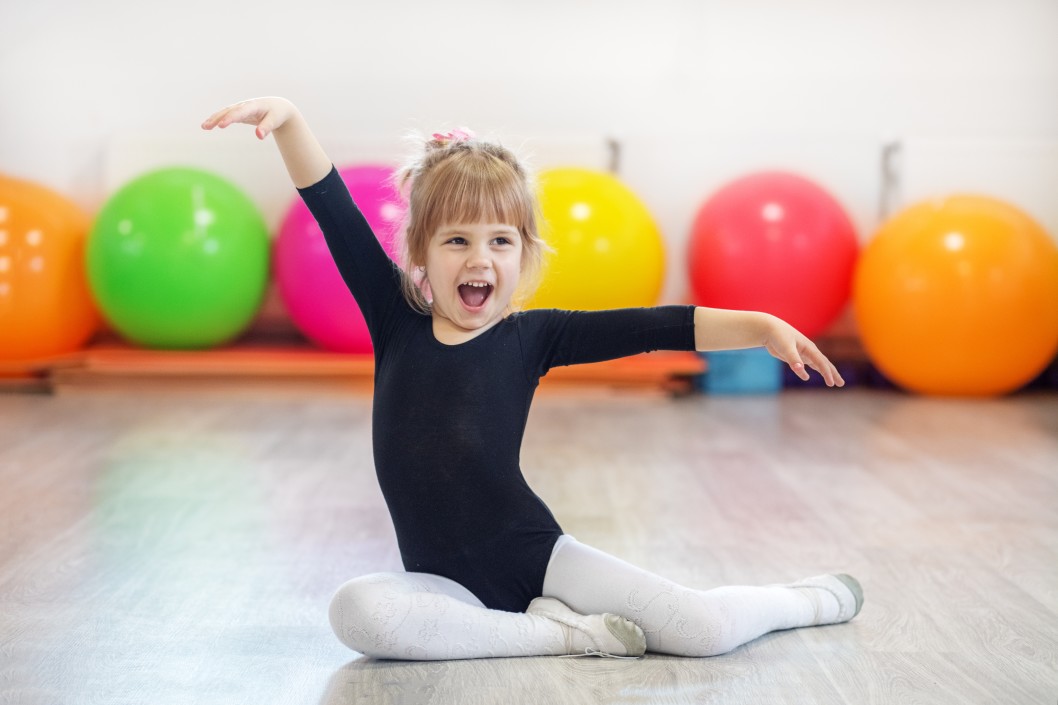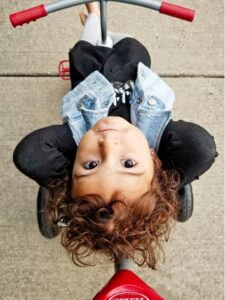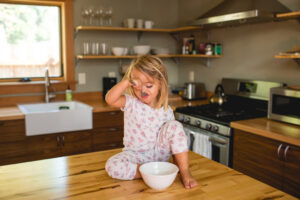Children are constantly changing and growing, especially when they reach preschool age. You likely have a hard time keeping your little one still! While running, climbing, and jumping are all normal developmental skills, you might be wondering what developmental milestones your child should reach by the time they begin preschool.
Milestones are a great way to gauge your child’s progress and make sure that they are developing appropriately. As with most things in life, early intervention can make a significant difference if something seems amiss.
While developmental milestones are a good gauge, you also need to consider individual factors for your preschool child and know that all children are different. Some kids take longer to reach certain milestones. Avoid comparing your child to another, even a sibling.
Early Preschool Physical Milestones
Around age three, your preschool kiddo should be able to:
- Climb well
- Run
- Pedal a tricycle
- Use one foot on each step when climbing up and down the stairs
- Wash and dry their own hands
By age four, your child should be able to:
- Stand on one foot for about two seconds
- Hop on one foot
- Pour and cut their food with supervision
- Catch and bounce balls
- Draw humans with two to four body parts
- Use child scissors
Late Preschool Physical Milestones
Later, after considerable time in the preschool class setting, your five-year-old should be able to:
- Balance on one foot for approximately ten seconds
- Hop and skip
- Do a somersault
- Use utensils including forks, spoons, and butter knives
- Swing and climb
Factors for Physical Developmental Milestones
Many factors go into the developments your child is making through preschool. As toddlers continue to grow rapidly, their limbs and trunks grow so that their heads are not so proportionally large. Children in preschool tend to gain weight, height, and add muscle tone steadily. While all of this visible change is happening, the brain is continues to mature, giving them better control of their bodies on a large, gross scale and on a fine-motor scale. Other factors involved in your child’s development include heredity, nutrition, and culture.
How Can You Help Your Preschooler’s Development?
Whether your little one is right on track or seems to be trailing behind, you can continually encourage your child. Mindfully plan your family’s activities so your child can practice their gross motor skills.
For example, maybe you don’t know if your three-year-old can pedal a tricycle, because you have never let him try! Don’t panic, but find a way to make this a possibility. Check your local Facebook marketplace for a used trike or bike with training wheels and start to encourage your child to practice.
All new skills take time, but with parental guidance, encouragement, and practice, your little one will be off, riding, or hop-skip-and-jumping away!
Be sure to find a preschool program that encourages children to continually develop in all areas: physical, educational, emotional, and social. Breakie Bunch is full of passionate teachers driven to help your children reach their fullest potential. Our curriculum focuses on achieving age-appropriate skills and fostering a life-long love of learning.



